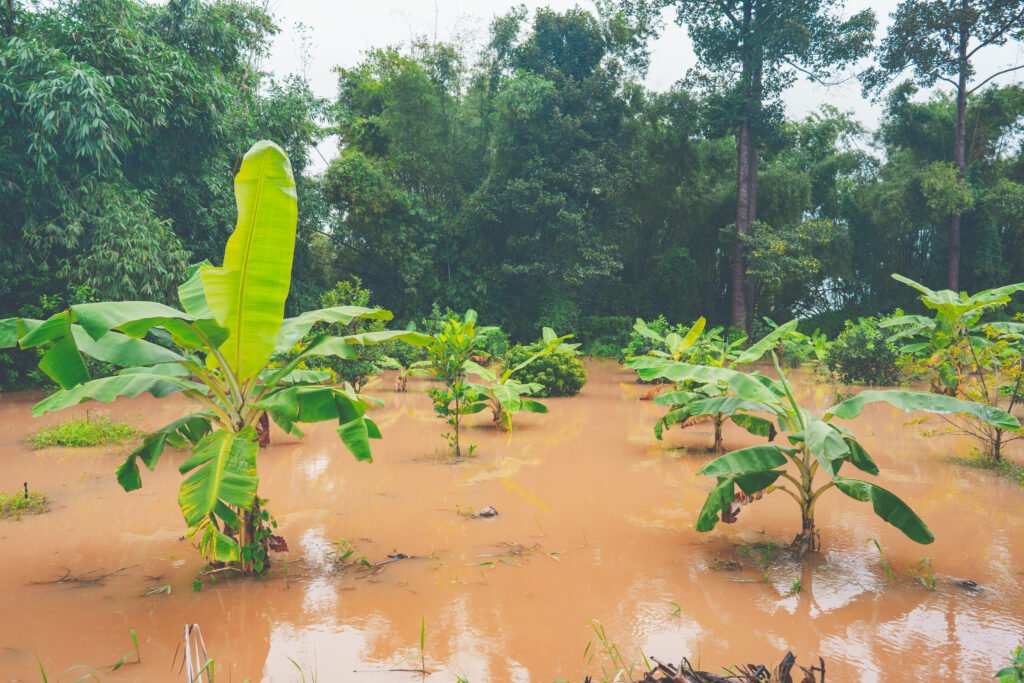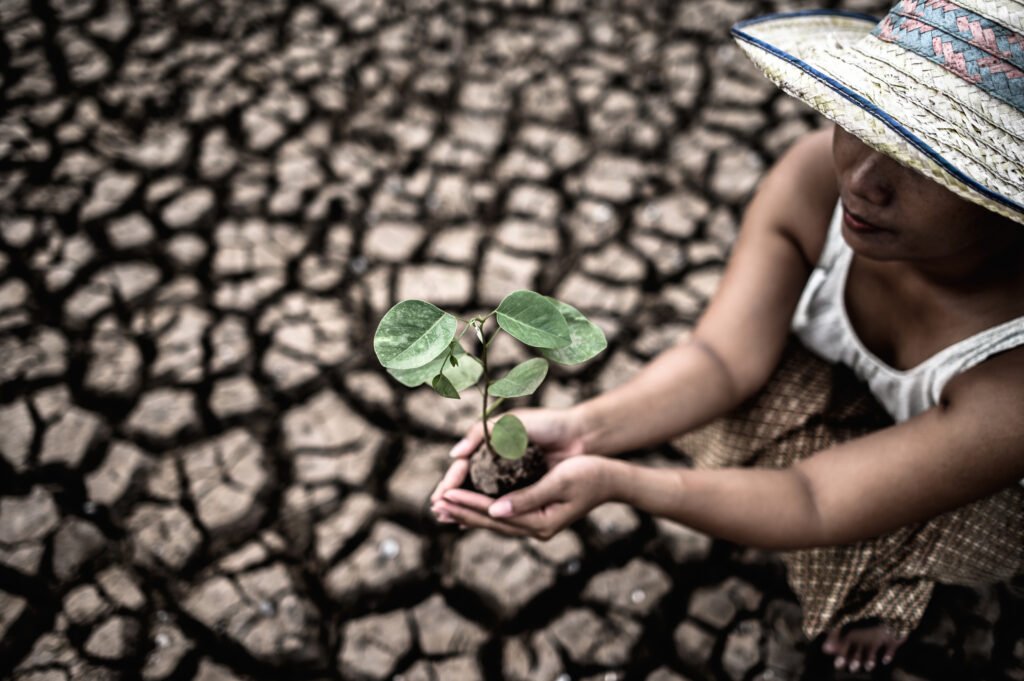Latest News
Monsoon’s Impact on Indian Agriculture | Boosting Growth Despite Global Challenges

Indian Agriculture output, and general economic stability in India is the monsoon season. India’s agricultural development is sustained by a timely and evenly distributed monsoon, even in the face of global disturbances such as supply chain problems, climate change, and geopolitical conflicts. The benefits of the monsoon season, recent changes in rainfall patterns, the crops that are impacted, and how Indian farmers are adjusting via creativity, technology, and policy assistance are all covered in this article.
The Significance of the Monsoon Season in Indian Agriculture
In India, more than 60% of the rural population makes their living from agriculture, and about 55% of the country’s net sown land is rain-fed. Since 75% of India’s yearly rainfall falls during the southwestern monsoon (June to September), kharif crops including rice, maize, soybeans, and pulses depend on it.


A typical or exceptional monsoon helps to:
- Enhanced activity in sowing
- An increase in agricultural yield
- Reduced inflation of food
- Greater demand in remote areas
- GDP growth due to the agribusiness sector
📊 Current Developments (2022–2024)
2022: The monsoon had irregular geographical distribution but came on schedule.
2023: A delayed start, but a 6% excess of rainfall in the end helped increase kharif output.
A near-normal monsoon was forecast by IMD for 2024, with La Niña conditions favouring consistent rainfall in the key agri-belts.
India was able to maintain agricultural exports, especially in rice, sugar, and wheat, in spite of international obstacles like the conflict in Ukraine and the impacts of El Niño.
✅ Advantages of a Healthy Monsoon Increased Crop Coverage and Sowing
Early seeding of crops including rice, cotton, groundnuts, and millets is encouraged by timely rain, which also enhances soil moisture.
- Lower Irrigation Expenses
Reduced input costs increase net revenue for farmers that rely on electricity or diesel pumps. - Improved Groundwater Recharge Aquifer levels in rain-fed areas like Madhya Pradesh, Rajasthan, and Maharashtra have increased, which benefits the rabi season as well.
- A stronger rural economy
A successful monsoon season raises farmers’ discretionary income, which raises demand for consumer products, tractors, fertilizer, and agricultural inputs. - Consistent Food Prices
Both urban and rural families benefit when inflation is kept under control by abundant output. - Despite the good monsoon, there are challenges with uneven distribution.
Regional differences may cause floods in some areas and agricultural loss in others, even with normal rainfall. - Unpredictability of the Climate
Harvesting has been impacted by the increasing frequency of brief, heavy rainstorms and the postponed monsoon retreat caused by global warming. - Flood-Related Crop Losses
In low-lying fields, waterlogging causes nutrient loss, insect outbreaks, and root rot. - reliance on the monsoon
Development of irrigation infrastructure is discouraged by an over-reliance on rainfall, particularly in states that get rain.
Market Volatility In the absence of market reforms and MSP interventions, surplus output may sometimes cause farm gate prices to plummet.
Important Crops Impacted by the Monsoon
🌱 Key Crops Affected by Monsoon
| Crop | Monsoon Impact |
|---|---|
| Rice | Needs continuous moisture; highly dependent on early rains |
| Cotton | Benefits from rain in June–July but suffers if excessive |
| Soybean | Thrives in well-distributed rainfall zones |
| Pulses | Prone to flower drop in erratic monsoon |
| Sugarcane | Long-duration crop; good rainfall improves juice content |
| Millets | Resilient to drought; promoted as climate-smart crops |

Women are sitting holding seedlings are in dry land in a warming world.
How Farmers Are Adjusting Drip systems and micro-irrigation lessen reliance on water
- Weather-based advisories (KVK/IMD) assist in scheduling spraying and sowing.
- Crop diversification toward short-duration and drought-resistant crops
- Using AI-driven techniques for monsoon forecasting
- Growing interest in PMFBY insurance plans for damages connected to climate change
FAQs: Indian Agriculture and the Monsoon
Q1: What effects does a typical monsoon have on India’s economy?
A typical monsoon boosts consumption, agricultural income, and rural production, which accounts for 3–4% of GDP growth.
Q2: What would happen if the monsoon didn’t work?
Drought, crop loss, food inflation, rural suffering, and a greater load of government subsidies via imports and compensation are all consequences of a poor monsoon.
Q3: In light of climate change, is the monsoon still predictable?
Long-term prediction is difficult due to climatic variability, even if forecasting accuracy has increased. AI and satellite technology are being used more and more by IMD to improve predictions.
Q4: Which Indian areas get the most from the monsoon season?
Punjab, Uttar Pradesh, Bihar, Odisha, Maharashtra, and Madhya Pradesh are among the states that rely largely on the monsoon season for their kharif crop.
Q5: Which government programs encourage cultivation depending on the monsoon season?
Important schemes consist of:
- Crop insurance, or PMFBY
- PM-KUSUM (Pumps for solar irrigation)
- Card for Soil Health
- Rastriya Krishi Vikas Yojana, or RKVY
🌟 Wrapping Up
The Indian monsoon is still boosting the rural economy and stabilizing food output in spite of supply disruptions throughout the world and climate uncertainty. India is well-positioned to transform monsoon cycles into resilient agricultural development for years to come with the help of governmental assistance, crop planning, and intelligent farming technologies.












